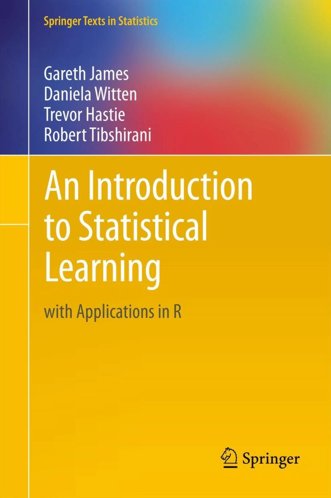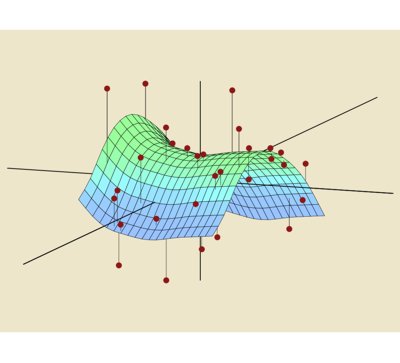| Statistical Learning MOOC Restarts Today |
| Written by Sue Gee | |||
| Tuesday, 12 January 2016 | |||
|
An introductory-level course in supervised learning from two professors of statistics is about to start its third iteration on the Stanford Online platform. As Trevor Hastie and Rob Tibshirani explain in this video, the focus in the course is on regression and classification methods.
The course is nine weeks in length with an estimated effort of 5 hours per week and is based on the book they co-authored which is available as a free PDF copy for students.
The syllabus starts with classical methods such as linear and polynomial regression, logistic regression and linear discriminant analysis and then goes into cross-validation and the bootstrap, model selection and regularization methods (ridge and lasso). It then explores nonlinear models, splines and generalized additive models; tree-based methods, random forests and boosting; support-vector machines. Some unsupervised learning methods are discussed including principal components and clustering (k-means and hierarchical). ike the book, the course relies on using R and there are additional resources to cover the R programming required starting with tutorials to introduce it and progressing with more detailed sessions that implement the techniques in each chapter. The course was first presented in January 2014 and was repeated last year so there are reviews available on Class Central and are a mixed bag with ratings ranging from 1 to 5 stars, with 4 being the average. The criticisms focus on the inadequacy of the multiple choice questions and, in some cases, the pedestrian nature of the video lectures. On the other hand the book on which the course is based in generally acknowledged as being very good. This quote comes from a 4-star review and sums up most of the points made repeatedly: the online exercises of this course are extremely thin, so your score in this class is neither necessary or sufficient to gain mastery of the material. It helps if you think of this course as supplementary material for the book (An Introduction to Statistical Learning by James, Witten, Hastie, Tibshirani). In this light, the course becomes an exceptional gem, because the book is really incredibly good. My recommendation is to take the time to read the book cover to cover, trying many of the excellent exercises in it. Then, as a recap or a refresher, go through this online course. The lectures highlight the most important parts of each chapter and are beautifully paced and presented. You will find that they are a perfect complement to the book and many concepts will become clearer and more concretely established in your mind. However, if you try to take this as a stand-alone course, you will be disappointed and likely not learn or retain very much. As this is a free MOOC and it gives you free access to an excellent book it seem worth dipping into if you are interested in statistical methods and R.
More InformationRelated ArticlesCoursera's Machine Learning Specialization More Machine Learning From Udacity
To be informed about new articles on I Programmer, sign up for our weekly newsletter, subscribe to the RSS feed and follow us on, Twitter, Facebook, Google+ or Linkedin.
Comments
or email your comment to: comments@i-programmer.info <ASIN:1461471370>
|
|||
| Last Updated ( Tuesday, 12 January 2016 ) |



